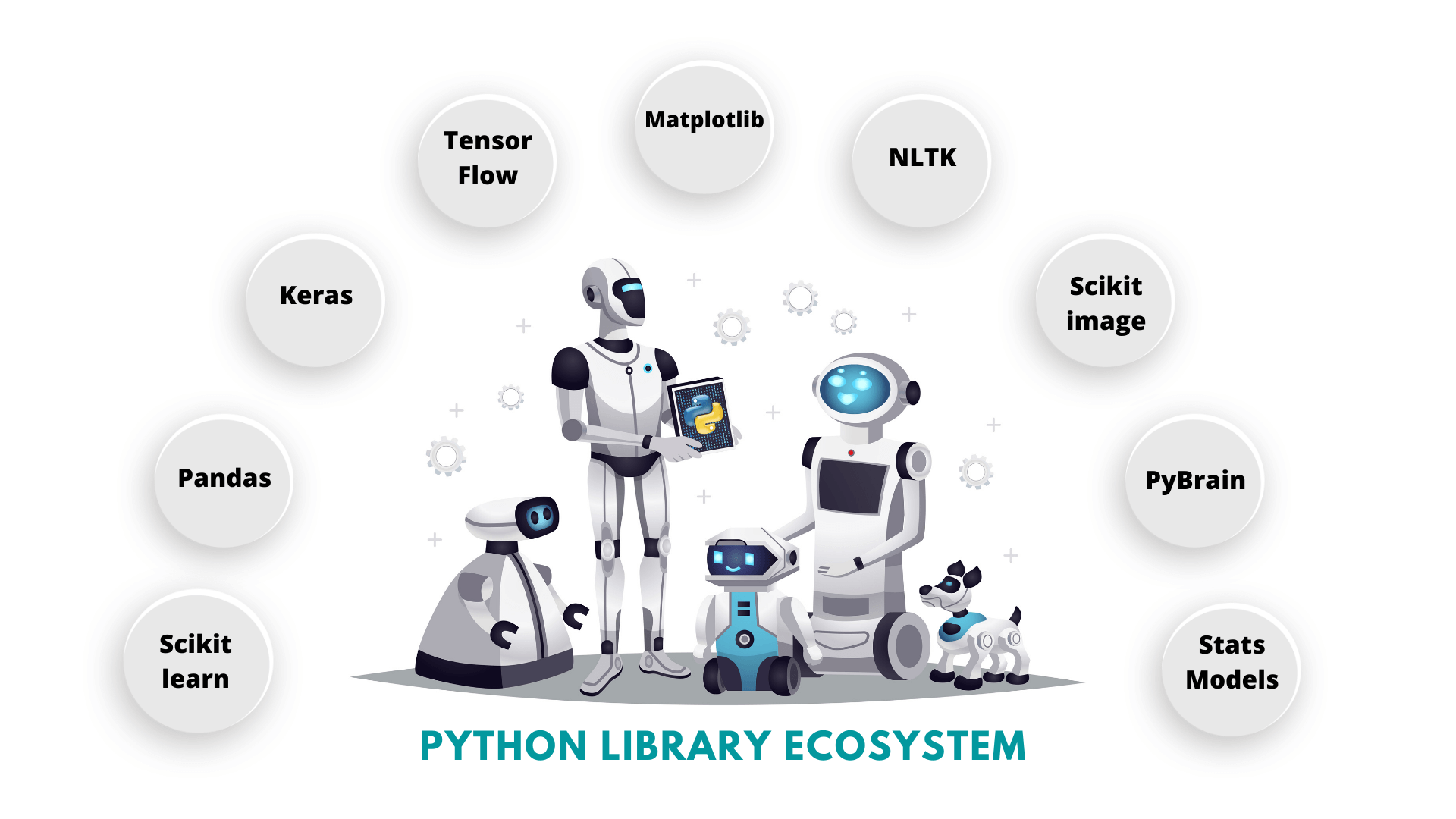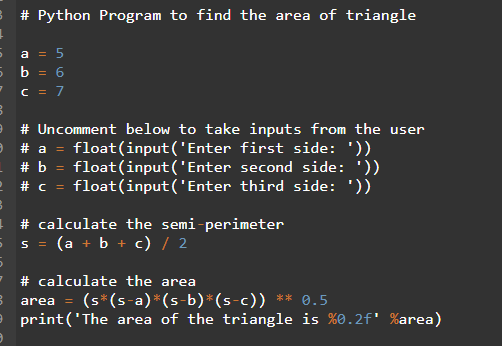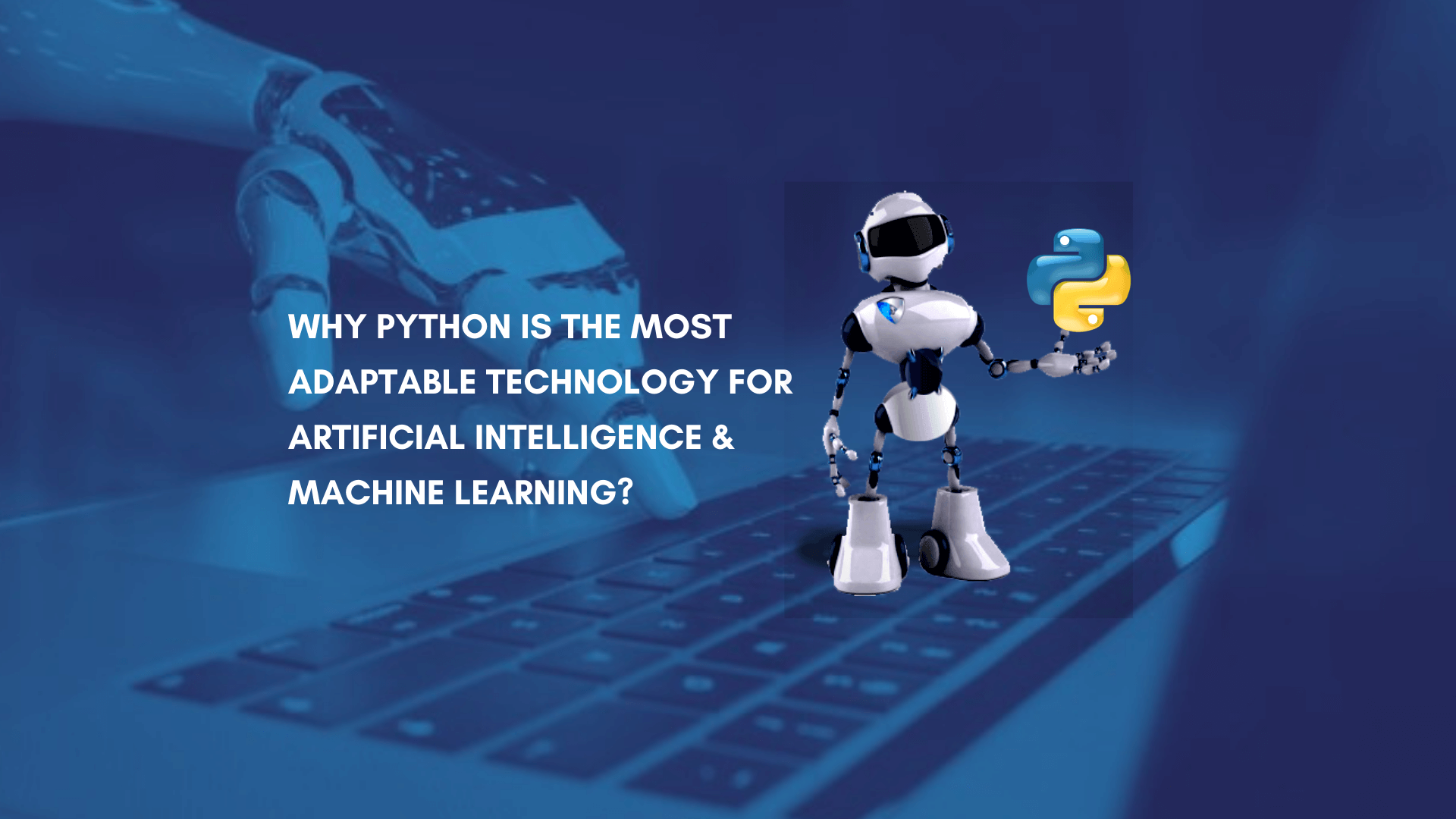Artificial Intelligence or Machine Learning has proven to be a game-changers that transformed the digital landscape. They open boundless opportunities for online businesses and help the businesses grow by improving productivity, simplifying processes and optimizing technical efforts.
Python, C++, Java, LISP, and Prolog are among the preferred technologies that can be used for implementing AI-based projects. At SynergyTop, we prefer Python and consider it the most optimum choice for building AI and ML solutions. Python is simple and easy to learn and is a preferred choice for developers across the globe.

This is further validated by the image given below. You can see that the developers choose Python for Machine Learning over other languages, such as Java, R, Scala, Julia, etc.
Here is why we recommend Python for building Artificial Intelligence and Machine Learning solutions –
- A Great Library Ecosystem – The library is the collection of pre-defined code that makes your task easy by reducing development time. Libraries allow the developer to eliminate the line of codes in a complex task.
Python is a rich programing language that has an extensive set of libraries for Artificial Intelligence and Machine Learning that reduce the time of the developer by offering pre-defined codes for AI and Machine Learning tasks.

Here some of the most popular libraries that are using for artificial intelligence and machine learning-based projects
A. Scikit-Learn – Scikit-Learn, also known as sklearn is a free machine learning library developed for the Python language. It is an artificial intelligence library that offers many supervised and unsupervised learning algorithms. This includes Regression, Clustering, Preprocessing, Classification, Model Selection, Support Vector Machines, k-means, Gradient Boosting, Random Forests, and DBSCAN.
B. Pandas – Pandas is the most popular Python library. It is a software library that enables data analysis and manipulation for the Python language. Pandas offer high-level data structures and operations for handling numerical tables and time series in AI and ML-based projects.
C. Keras – Keras is an open-source, high-level neural networks library. It is a cross-platform library designed to enable fast experimentation for deep learning with Python. Keras can run on top of TensorFlow, Theano, R and Microsoft Cognitive Toolkit.
D. TensorFlow – TensorFlow is an open-source software library by Google. It is a symbolic math library, designed for numerical computation that makes machine learning faster and easier. TensorFlow is used for artificial neural networks training with large datasets.
E. Matplotlib – Matplotlib is another popular and multi-platform data visualization library developed by John D. Hunter. It allows developers to access large data visually. They can easily generate plots, power spectra, bar charts, histograms, and scatterplots, etc with few lines of codes.
- Platform independent – Platform independence is a great feature that makes Python more versatile. Platform independence works on the WORA concept which means "Write Once, Run Anywhere". This feature allows developers to run standalone code at any platform, such as macOS, Windows, UNIX, Linux, and so on. It also helps reduce development time and cost.
Nowadays, tech giants are using their AI-based GPUs to train machine learning models. Python, by the virtue of its platform independence, helps in making the training easier.
- Flexibility – Flexibility is the core feature of Python that makes it the most adaptable programming language for AI and ML-based projects. The developer can combine Python with other programming languages to build feature-rich solutions. It also permits the developers to change the code and see the results instantly, without recompiling the source code.
The Flexibility feature of Python also allows the developer to choose diverse programming styles, such as
- Object-oriented programming
- Procedural programming
- Functional programming
- Imperative programming
- Readability – Python is reliable and easy-to-read programming language. The simple syntax of Python helps faster development in AI and ML-based projects. The developers can test various algorithms without having to implement them. Python is the most versatile language that implements with AJAX, AIML, HTML5, JQuery and other futuristic technologies.
- Great Community Support – Python is an open-source programming language that has humungous community support. All the relevant documentation, tools, tricks and tips are available online. The developers can discuss their programming issues and seek help from the community.

- Python offer low entry barrier – The developers and data scientists need to process huge amount of data in AI and ML-based projects. A minimum learning curve helps the developers to spend more time on their project vis-à-vis learning the language. The simple syntax of Python assists you in working with complex systems with a clear code.
For instance, given is a Python code to find the area of a triangle

Output- The area of the triangle is 14.70
To Sum Up
Artificial Intelligence and Machine Learning are fast-growing technologies that allow developers and scientists to solve real-time problems with the right solutions. Today spam detection, recommendation systems, search engines, and personal assistants' systems are made possible by Artificial Intelligence and Machine Learning.
We strongly recommend Python for building versatile and feature-rich AI and ML-based technology solutions.
















